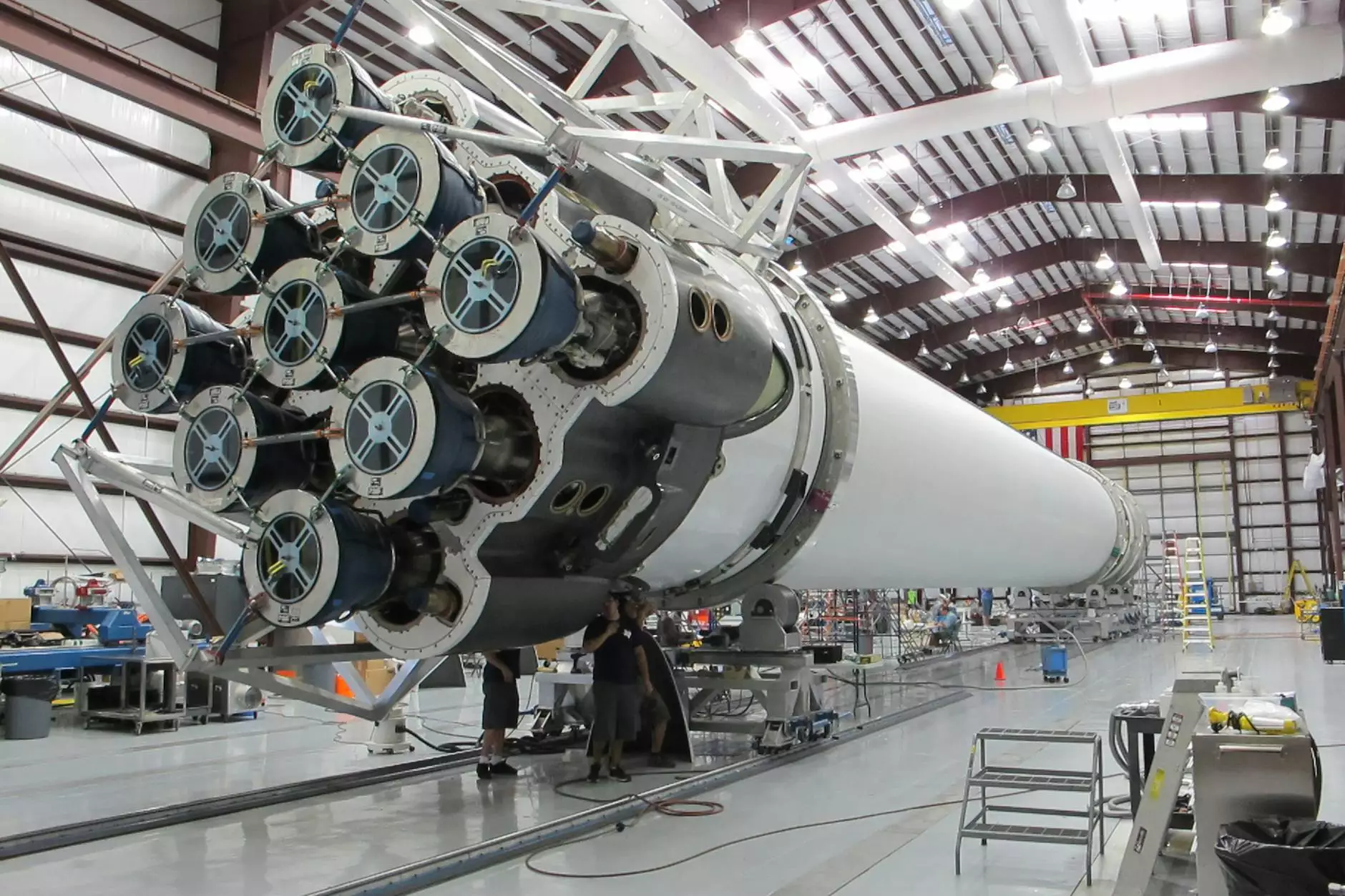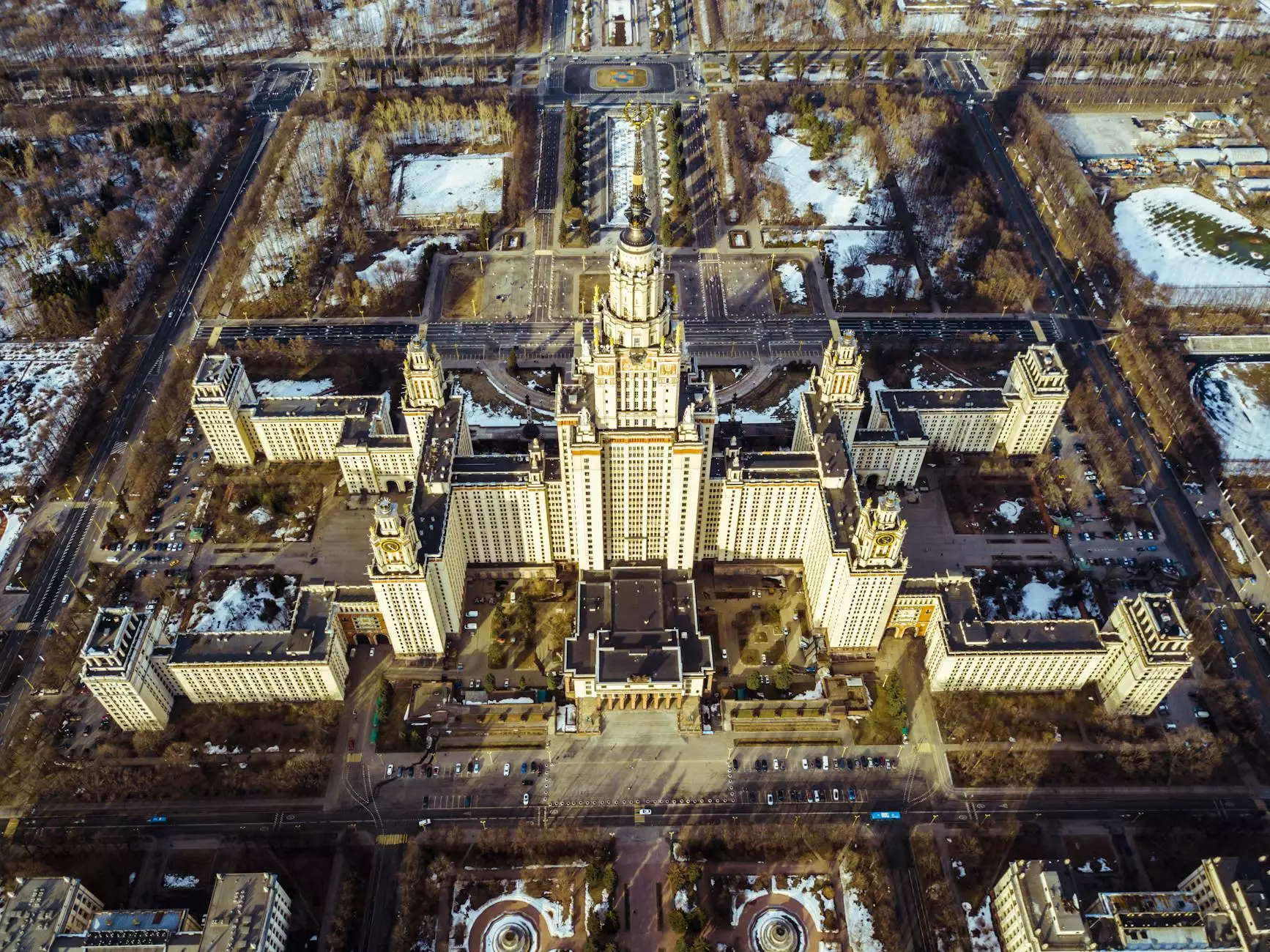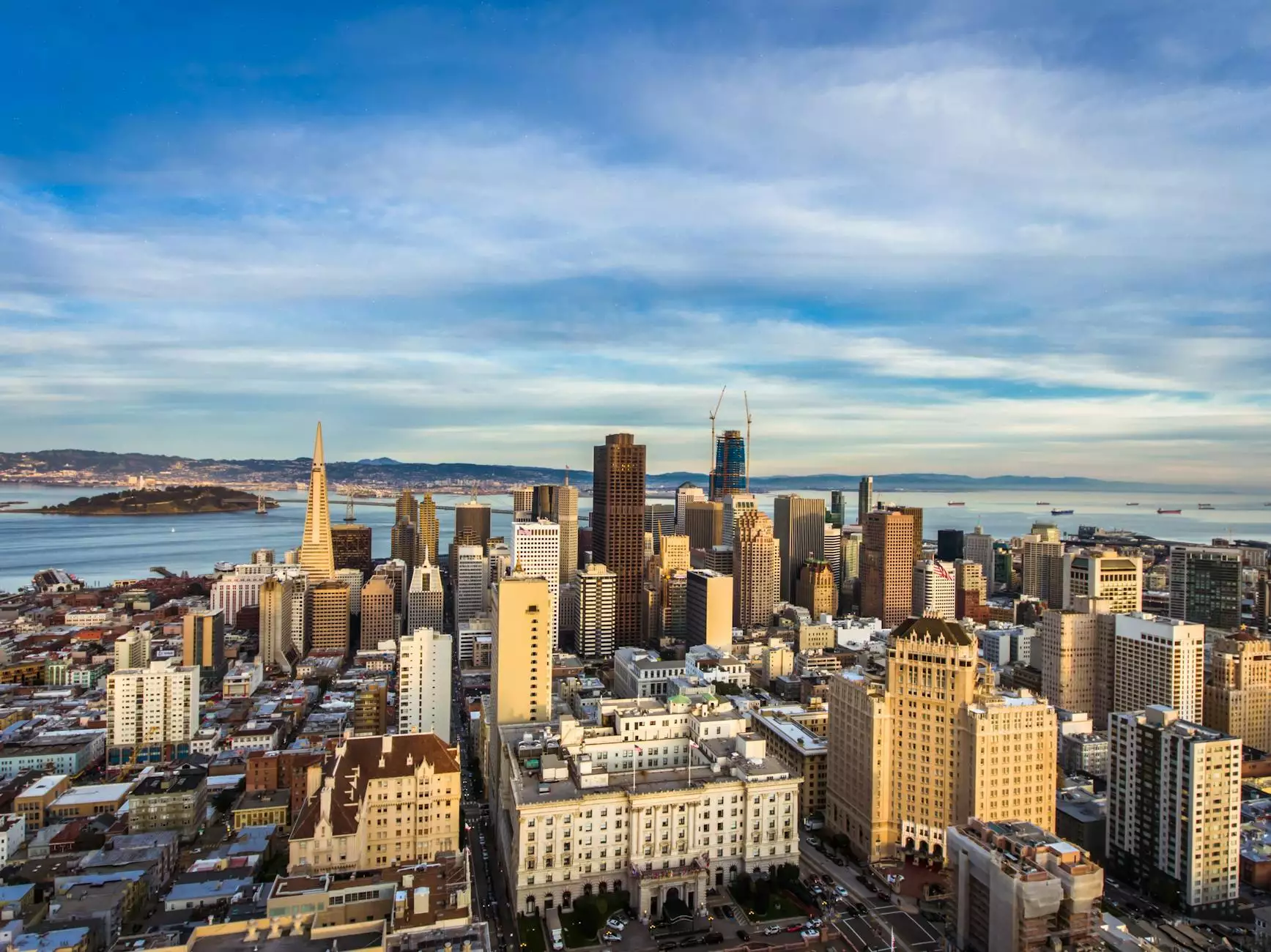The 1954 San Francisco International Airport Terminal

Introduction
Welcome to La Historia Society's page dedicated to the iconic 1954 San Francisco International Airport Terminal. In this comprehensive guide, we will explore the historical significance, architectural beauty, and cultural impact of this remarkable structure that holds a special place in the hearts of locals and visitors alike.
History
The 1954 San Francisco International Airport Terminal, also known as Terminal 2, was a groundbreaking project that transformed the airport experience in the mid-20th century. Designed by renowned architect Emery Roth & Sons, this state-of-the-art terminal symbolized the aspirations of a growing city.
Opening its doors to the public on August 1954, the terminal showcased innovative architectural features such as a sweeping roofline, expansive glass windows, and a spacious interior design. It quickly became an architectural marvel and set new standards for airport terminal design around the world.
Architectural Beauty
The 1954 San Francisco International Airport Terminal boasted a striking mid-century modern architectural style. The clean lines, elegant curves, and extensive use of glass created an inviting and visually pleasing environment for travelers.
Stepping inside the terminal, visitors were greeted by a spacious atrium bathed in natural light, thanks to the floor-to-ceiling windows that adorned the building. The terminal's innovative design aimed to ease passenger flow, with separate levels dedicated to arrivals and departures.
The aesthetic appeal of the terminal was further enhanced by the incorporation of local artworks and sculptures that celebrated the rich cultural heritage of San Francisco, making it not just a transportation hub but also a gallery of local talent.
Cultural Impact
The 1954 San Francisco International Airport Terminal became synonymous with the city's vibrant cultural scene and played a significant role in shaping the perception of San Francisco as a progressive and forward-thinking city. It served as a gateway for travelers, providing them with their first glimpse into the city's unique charm.
The terminal also became a symbol of the city's commitment to modernity and innovation. Its striking design and functional layout showcased San Francisco's progressive spirit, setting a new standard for airport terminal architecture and inspiring future projects around the world.
Relevance to Community and Society
The 1954 San Francisco International Airport Terminal holds a special place in the hearts of the local community. It served as a gathering place for families bidding farewell to loved ones and a welcoming space for those returning home. Thousands of stories unfolded within its walls, symbolizing the importance of travel and connection in a rapidly changing world.
As the years passed, the terminal witnessed the shifting dynamics of travel, reflecting the changing needs of the community and society. Although it was eventually replaced by a newer terminal, its legacy continues to inspire future generations to dream big and push the boundaries of architectural innovation.
In Conclusion
The iconic 1954 San Francisco International Airport Terminal remains an enduring symbol of San Francisco's rich history and progressive spirit. Its architectural beauty, cultural impact, and relevance to the community and society make it a must-visit landmark for history enthusiasts, architectural admirers, and anyone seeking to experience the magic of this bygone era.
Join La Historia Society as we celebrate this architectural gem and cherish the stories it holds within its walls. Explore our website to learn more about the history of San Francisco and its remarkable landmarks that continue to shape our world today.









